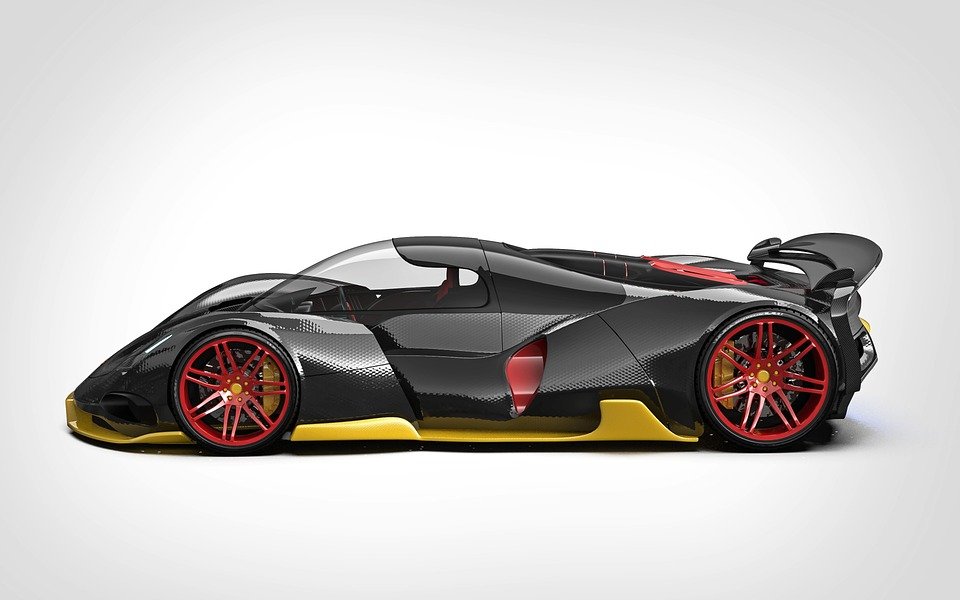A Digital Renaissance: How 3D Printing NFTs are Reshaping the Art Scene in Third World Countries
Introduction
The art scene in third world countries has historically faced numerous challenges, including limited access to resources, lack of exposure, and limited opportunities for artists to showcase their work. However, with the advent of 3D printing and Non-Fungible Tokens (NFTs), a digital renaissance is underway, reshaping the art scene and providing new opportunities for artists in these countries.
The Rise of 3D Printing
3D printing has revolutionized various industries, and the art world is no exception. This technology allows artists to create three-dimensional objects from digital models, providing them with a new medium to express their creativity. In third world countries, where traditional art supplies may be scarce or expensive, 3D printing offers a cost-effective alternative.
Artists can now design and print their sculptures, jewelry, and other artworks using 3D printers, eliminating the need for expensive tools and materials. This accessibility allows artists in third world countries to experiment with new forms and styles, pushing the boundaries of their artistic expression.
The Emergence of NFTs
Non-Fungible Tokens (NFTs) have gained significant popularity in recent years, especially in the art world. These digital assets are unique and cannot be replicated, making them ideal for representing ownership of digital artworks. NFTs are built on blockchain technology, ensuring transparency, security, and provenance for both artists and buyers.
NFTs have opened up a world of opportunities for artists in third world countries. Previously, these artists struggled to gain recognition and sell their work due to limited exposure and traditional art market barriers. However, with NFTs, artists can now showcase their digital artworks to a global audience, bypassing traditional gatekeepers and connecting directly with potential buyers.
The Intersection of 3D Printing and NFTs
The combination of 3D printing and NFTs has created a unique synergy that is reshaping the art scene in third world countries. Artists can now create 3D models of their artworks and convert them into NFTs, representing their digital ownership. These NFTs can then be sold on various online platforms, allowing artists to monetize their creations in an entirely new way.
Furthermore, the digital nature of NFTs allows for easy distribution and sharing of artworks. Artists can reach a global audience without the need for physical transportation or exhibition spaces. This accessibility has bridged the gap between artists in third world countries and the international art community, fostering cultural exchange and collaboration.
Impact on Third World Artists
The impact of 3D printing NFTs on artists in third world countries cannot be overstated. This technology has provided them with a platform to showcase their talent, gain recognition, and generate income. Previously marginalized artists now have the opportunity to compete on a global scale, bringing diversity and unique perspectives to the art world.
Additionally, the sale of NFTs provides artists with a direct source of income, bypassing intermediaries and ensuring fair compensation for their work. This financial independence allows artists to invest in their practice, acquire better equipment, and further develop their skills.
Moreover, the newfound exposure and recognition gained through the sale of NFTs can open doors to collaborations, exhibitions, and commissions for artists in third world countries. This not only benefits individual artists but also contributes to the cultural enrichment and diversification of the global art scene.
FAQs
1. What is 3D printing?
3D printing is a technology that allows the creation of three-dimensional objects from digital models. It works by building up layers of material to form the desired object.
2. What are NFTs?
NFTs, or Non-Fungible Tokens, are unique digital assets that represent ownership of a specific item or artwork. They are built on blockchain technology, ensuring transparency and security.
3. How do 3D printing and NFTs intersect?
Artists can create 3D models of their artworks using 3D printing technology and then convert them into NFTs. These NFTs can be sold on online platforms, allowing artists to monetize their digital creations.
4. How do 3D printing NFTs benefit artists in third world countries?
3D printing NFTs provide artists in third world countries with a platform to showcase their talent, gain recognition, and generate income. It allows them to bypass traditional art market barriers and connect directly with a global audience.
5. What is the impact of 3D printing NFTs on the art scene?
3D printing NFTs are reshaping the art scene by fostering cultural exchange, diversifying artistic perspectives, and providing new opportunities for artists in third world countries to thrive.
Conclusion
The combination of 3D printing and NFTs has brought about a digital renaissance in the art scene of third world countries. Artists now have access to affordable tools and an international platform to showcase their talent. This technology has empowered artists, provided financial independence, and fostered cultural exchange. The future looks bright as 3D printing NFTs continue to reshape the art scene, bringing new voices and perspectives to the global art community.

